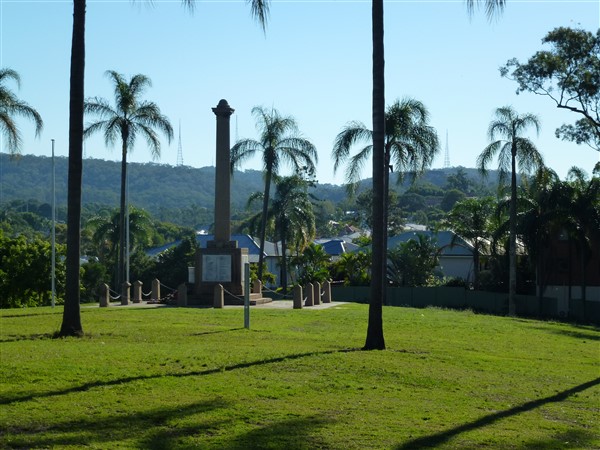On my last trip to Brisbane in 2019 I stayed for a few nights near Roland’s Park. I couldn’t resist taking another look at it and this time remembered to shoot a few short video segments that formed the basis of a book trailer video.

Things have changed a little since Roland’s time. Crossing Live is set 30 years ago in the summer of 1990. But armed with enough clues it’s still possible to find the spot where he buried his gold. If you’re familiar with Brisbane you might already know the park. If it’s all new to you, or you’d like to refresh your memory, check out the book trailer video later in the post.
The idea for a book trailer took shape in the days following my visit to the park. The trigger moment came when I drove past the park gates a second time. I mentioned to the people I was with that this was Roland’s Park and one of them asked, “Who is Roland?” The best way to answer that was a book trailer explaining why this location was crucial for the Crossing Live story.
How I made the book trailer video
First I needed a video production plan. It looked something like this:
• Write the text script
• Create a storyboard plan for the video
• Select some images from the video shot on location in Roland’s Park
• Create a video of Roland’s anagram clue resolving itself. The clues are a key part of the work Roland does at the park
• Create still images containing the text script on a plain background
• Locate/create a music track to accompany the video
• Import all the components into a Shotcut project
• Edit the elements together and build transitions
• Add text overlays where necessary
• Add the music audio track and fade it in and out as appropriate
• Export the completed video into a Youtube compatible format
The text script and storyboard for the book trailer video was the first task. My script looks like this:
• Pose the question: Where would you bury $50,000 in gold?
• Show the park gates and explain that Roland Kendall chooses this park.
• Show video of the monument on the hill and explain that Roland chooses a spot near the monument.
• Explain that Roland is running a view competition and that the first clue is an anagram
• Display the first clue.
• Show video of the anagram resolving itself to a solution
• Explain that Roland thinks this is unsolvable
• Explain that he’s about to get a nasty surprise
• Show the cover of Crossing Live and explain that it’s available from the Kindle store
• End with a link to my website
Software tools for the video
I needed a tool to edit the existing video segments and create the final video. In the past I’ve used Shotcut, an open source video editor. Shotcut is a powerful package but I’d found that it has a steep learning curve. As iMovie was available on my iPad it seemed worth exploring this as an option first. I knew that I could always revert to using Shotcut if necessary.
iMovie is an easy to use video editing tool. It is also surprisingly powerful. I was almost able to create the video trailer I wanted using iMovie alone. It fell down only in a couple of seemingly trivial areas, primarily in the placement of text overlays on the video. This functionality exists in the iOS version but is restricted to a couple of preset screen locations. This lack of functionality necessitated the use of Shotcut. A second gap in functionality was the ability to zoom in during a video sequence. This was lacking in iMovie but available in Shotcut.
Shotcut is a cross-platform open source video production tool. It runs on Windows, MacOS and Linux. In my experience Shotcut is not particularly intuitive to use, but there are extensive tutorials and video explainers available. After a little research it’s possible to create and edit high quality videos using this software. The finished video can be exported in mp4 format for Youtube using an export preset.
Sourcing music for the video
Youtube provides a library of royalty free audio tracks and sounds that are available for use in videos. To explore these look in the Youtube creator’s studio audio library. This is by far the simplest way to quickly add sound to your project. A more complicated alternative is to create your own music track in a tool like GarageBand. This is the route I took and I had a lot of fun doing it. But it took a lot of time and effort. In most cases you’d be better off using tracks from the audio library.
The finished book trailer video
The finished video is available on youtube. It’s embedded here, if you’d like to take a look.
Crossing Live is available from your Amazon Kindle Store. If you’d like to know more about Crossing Live look here.